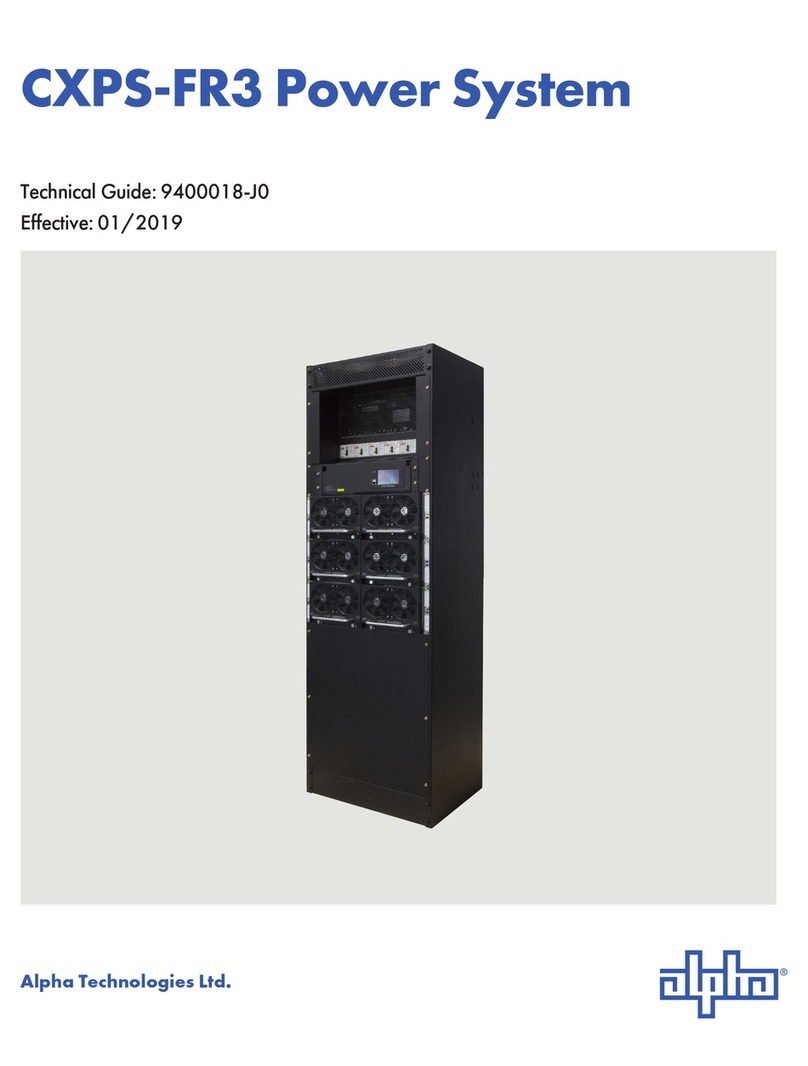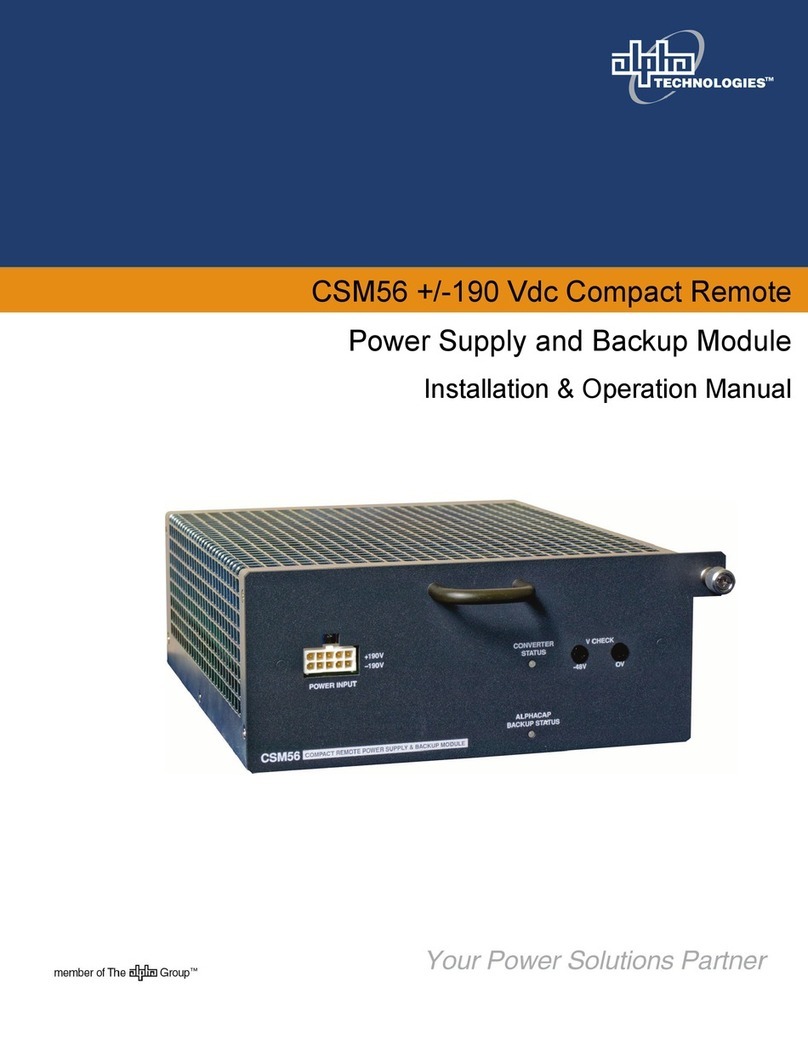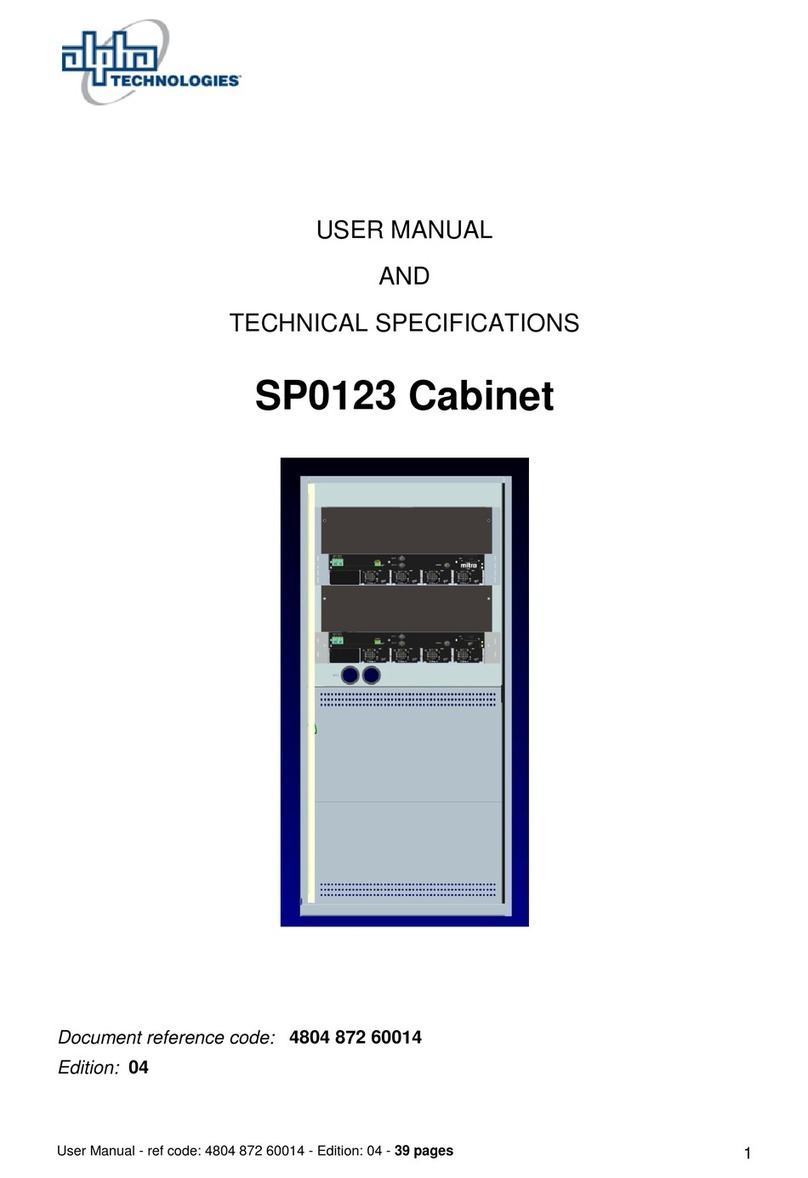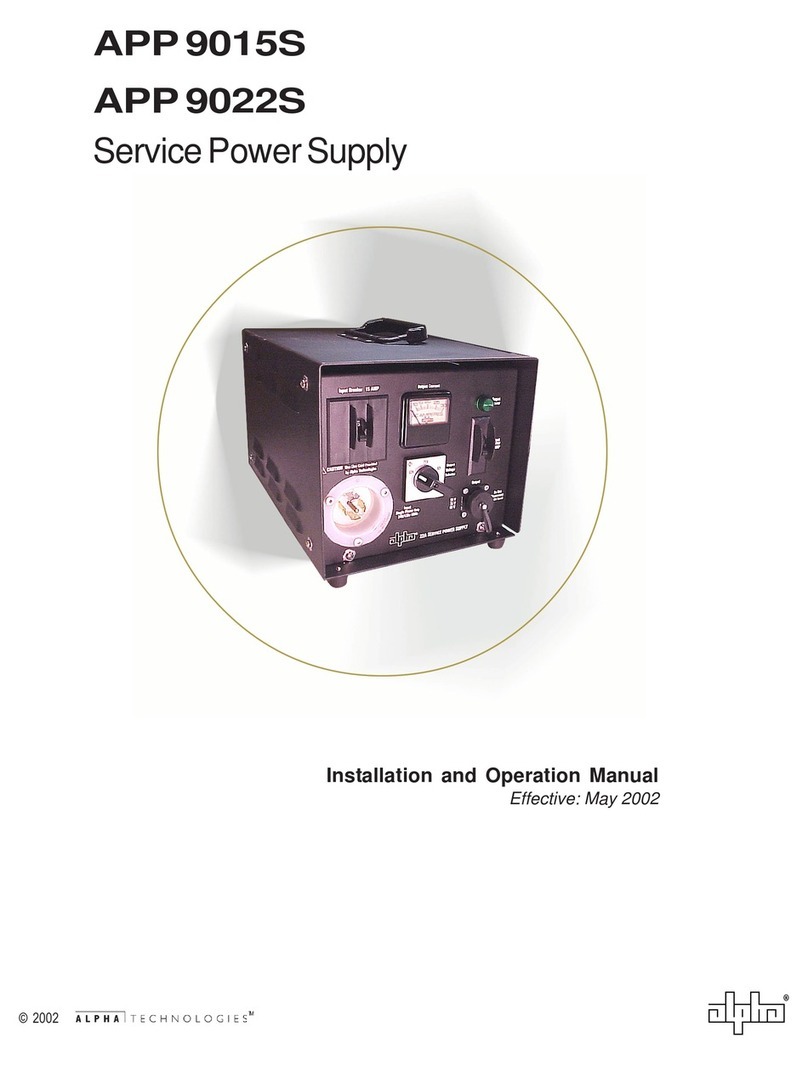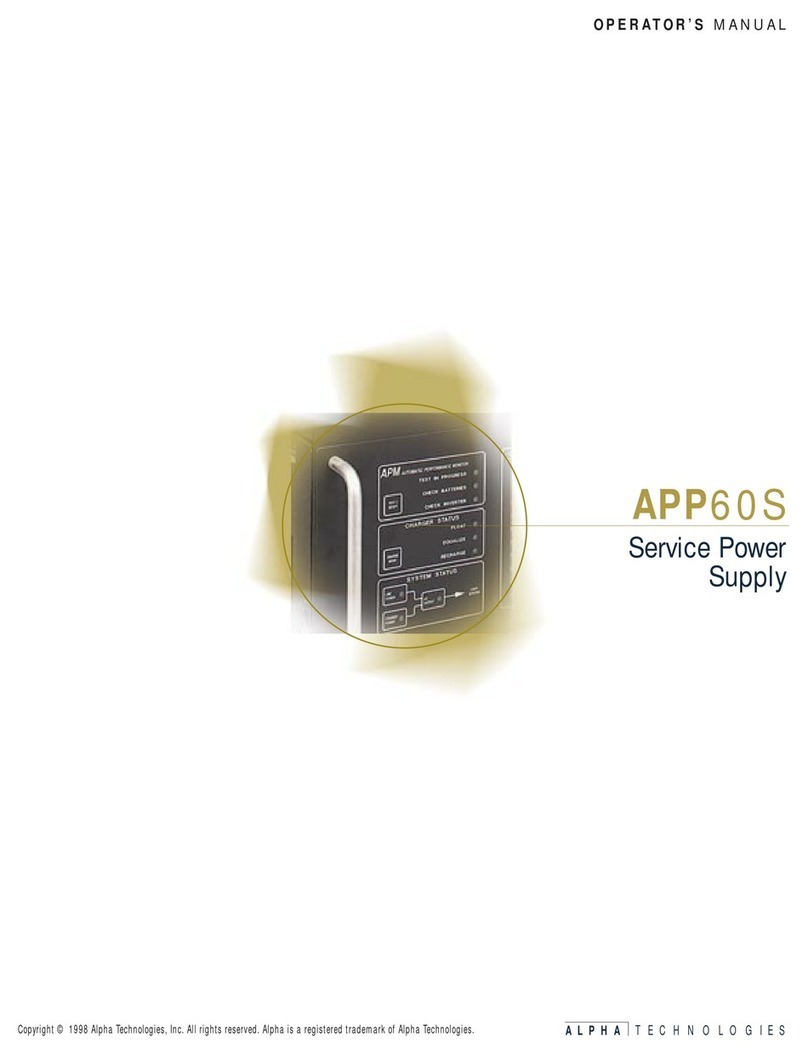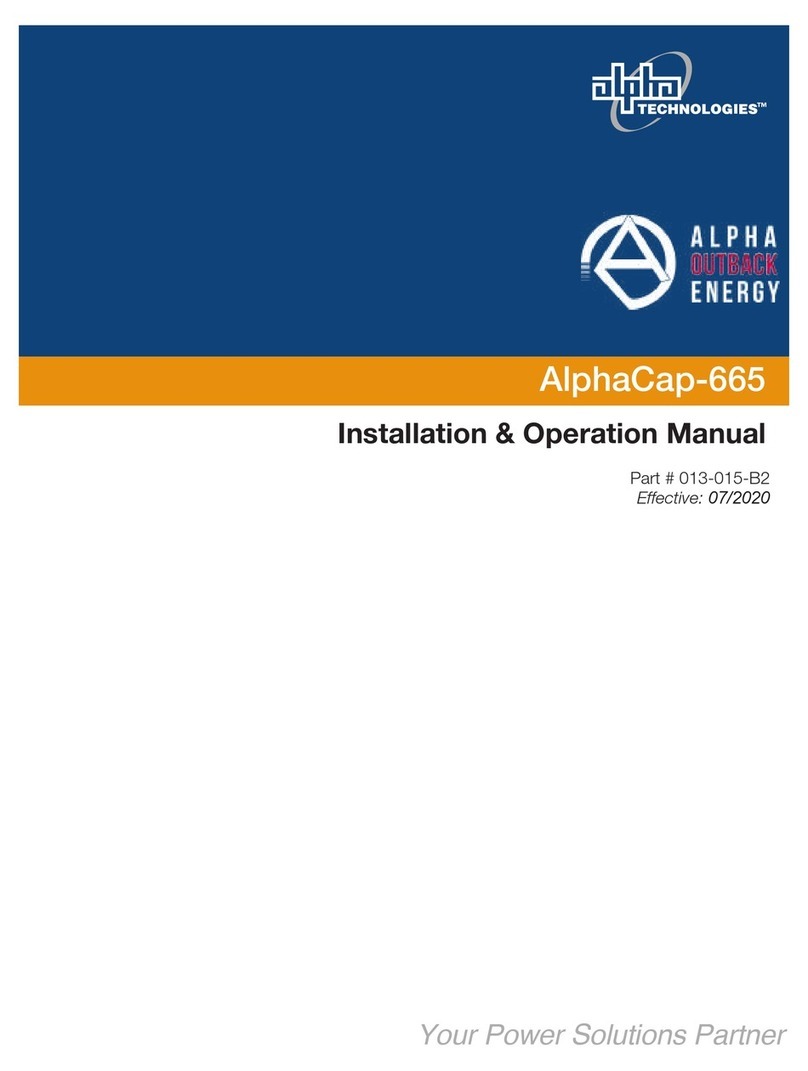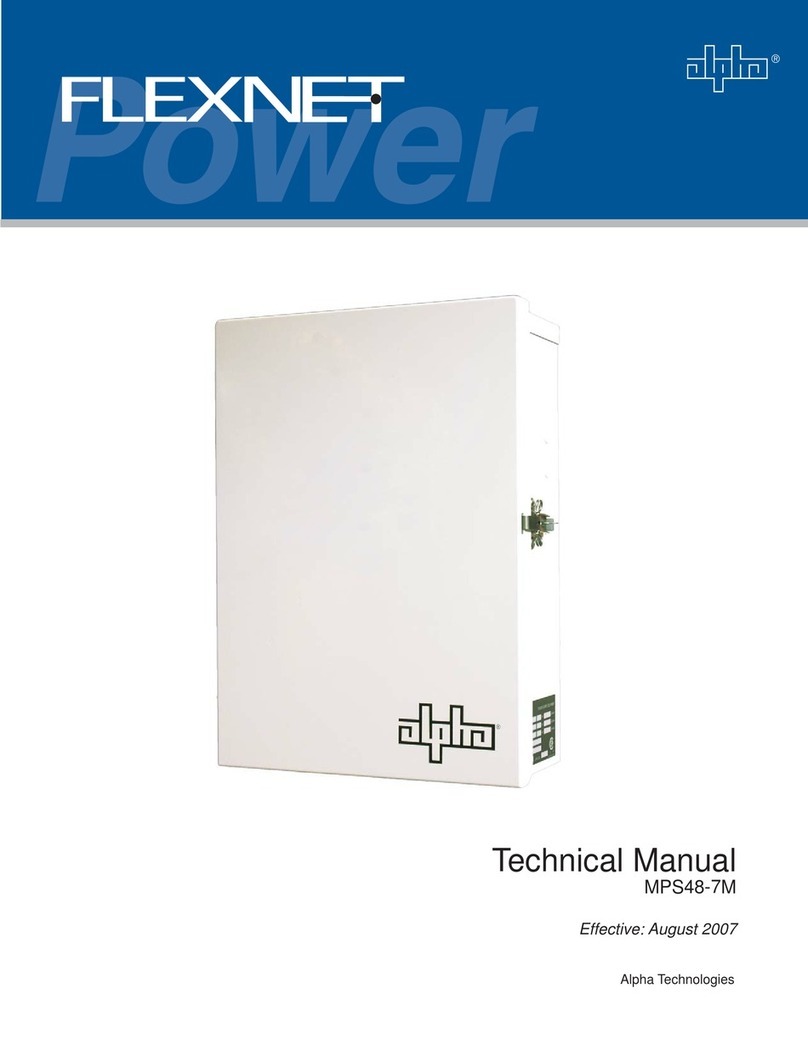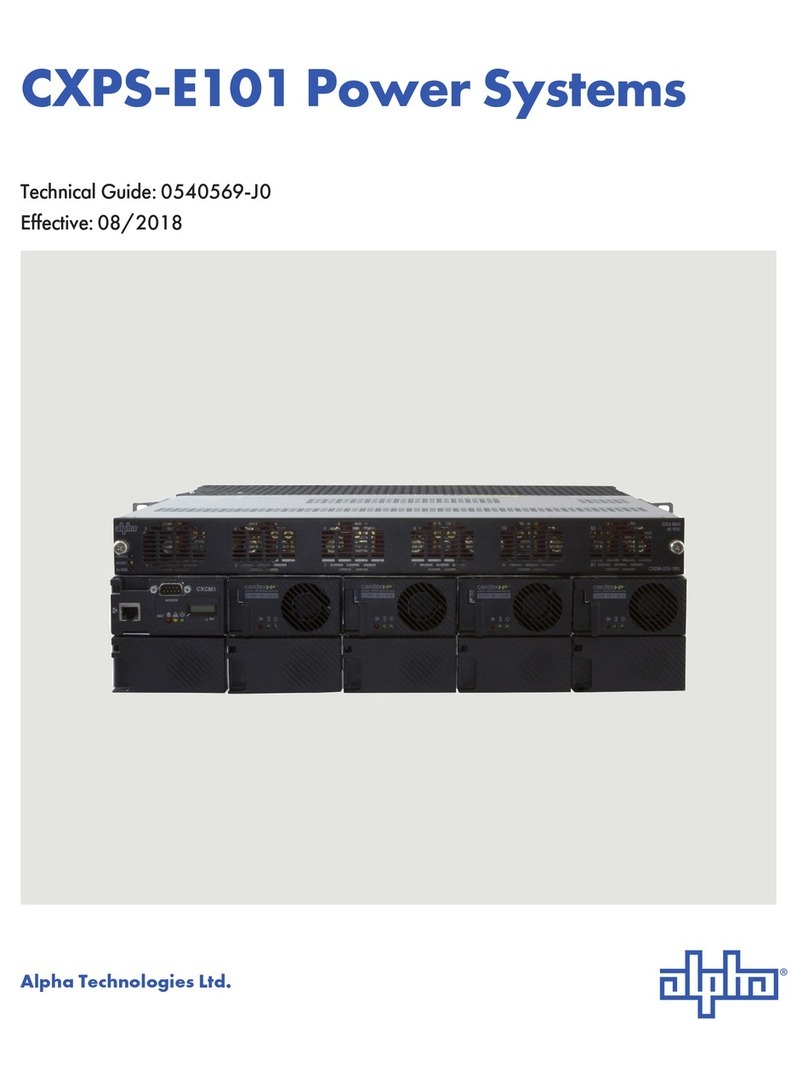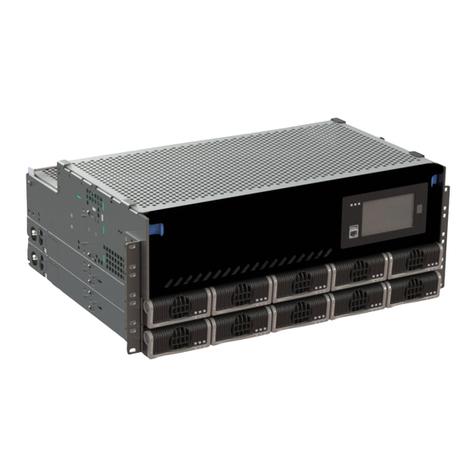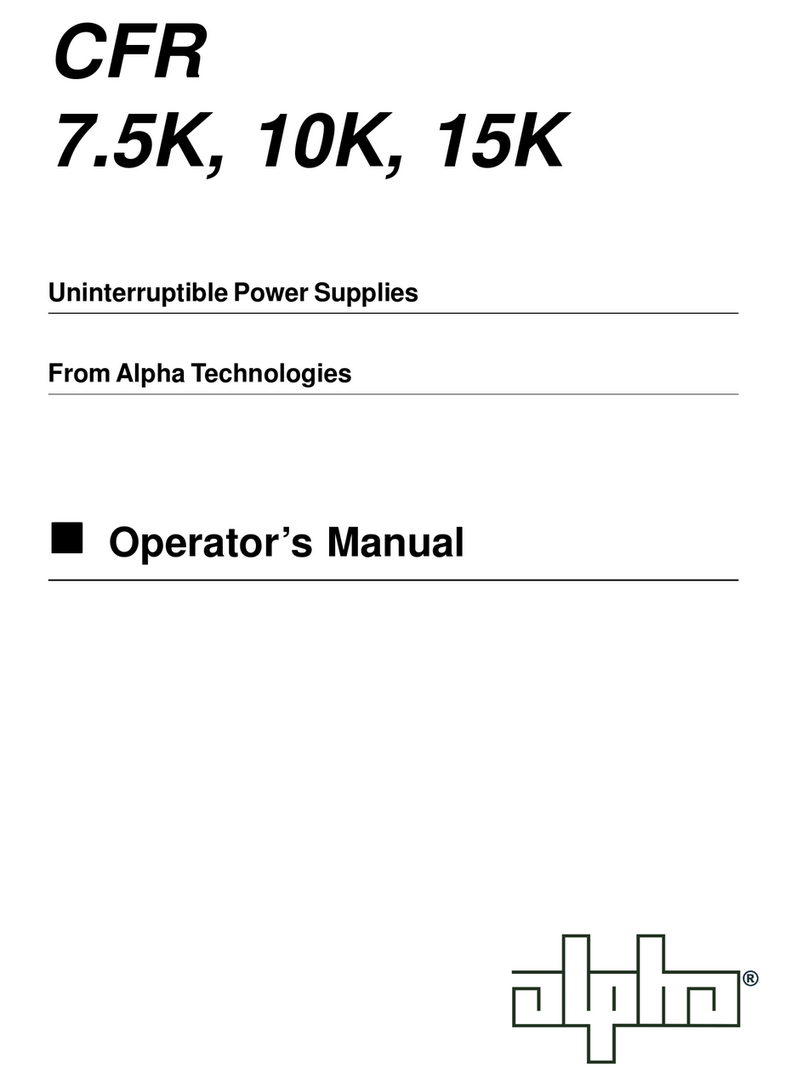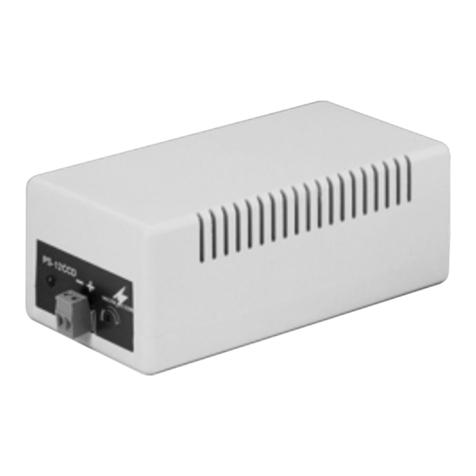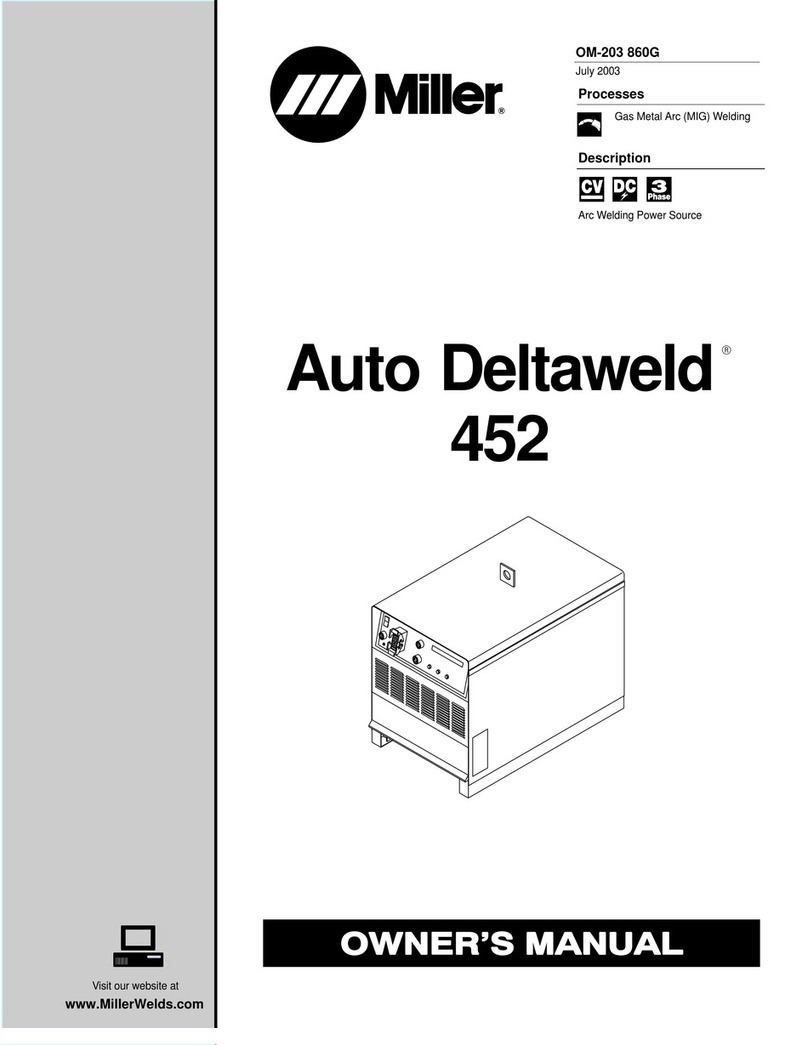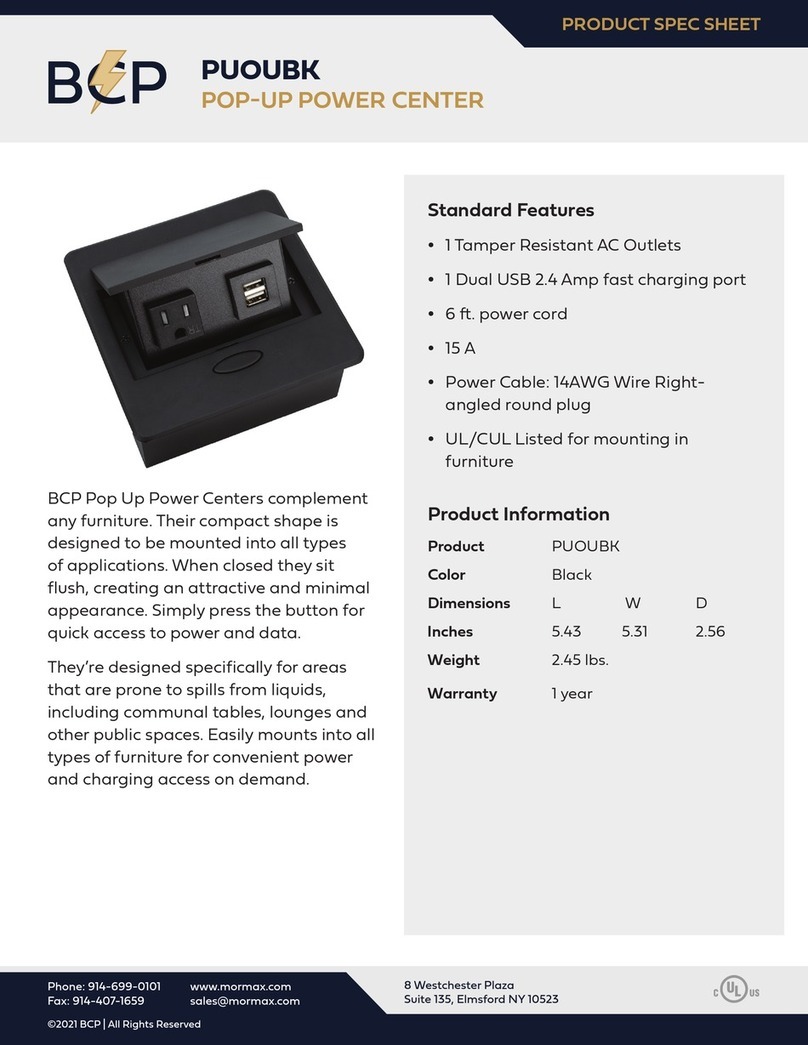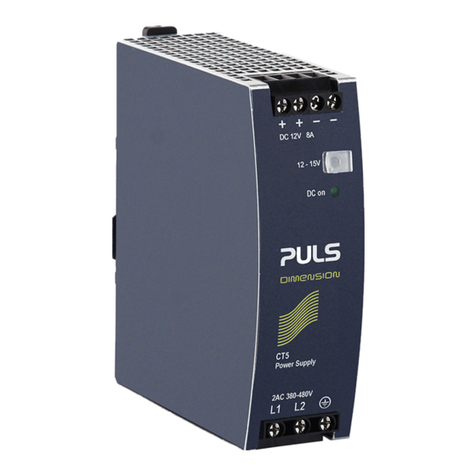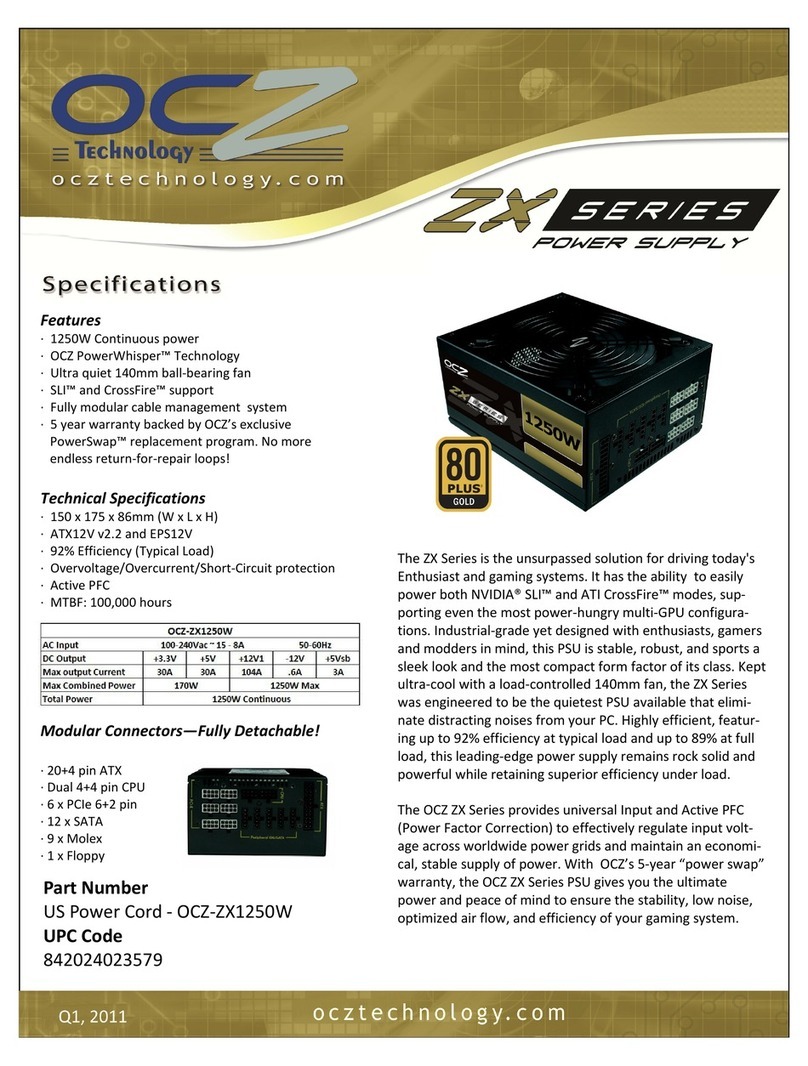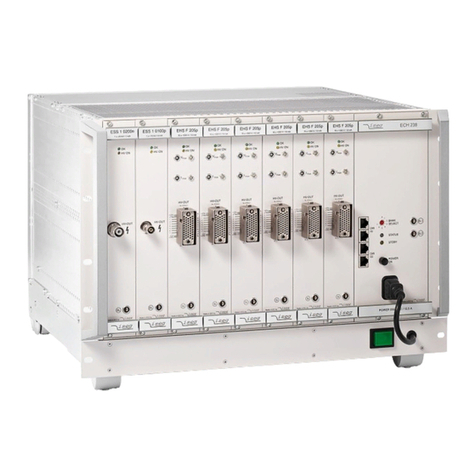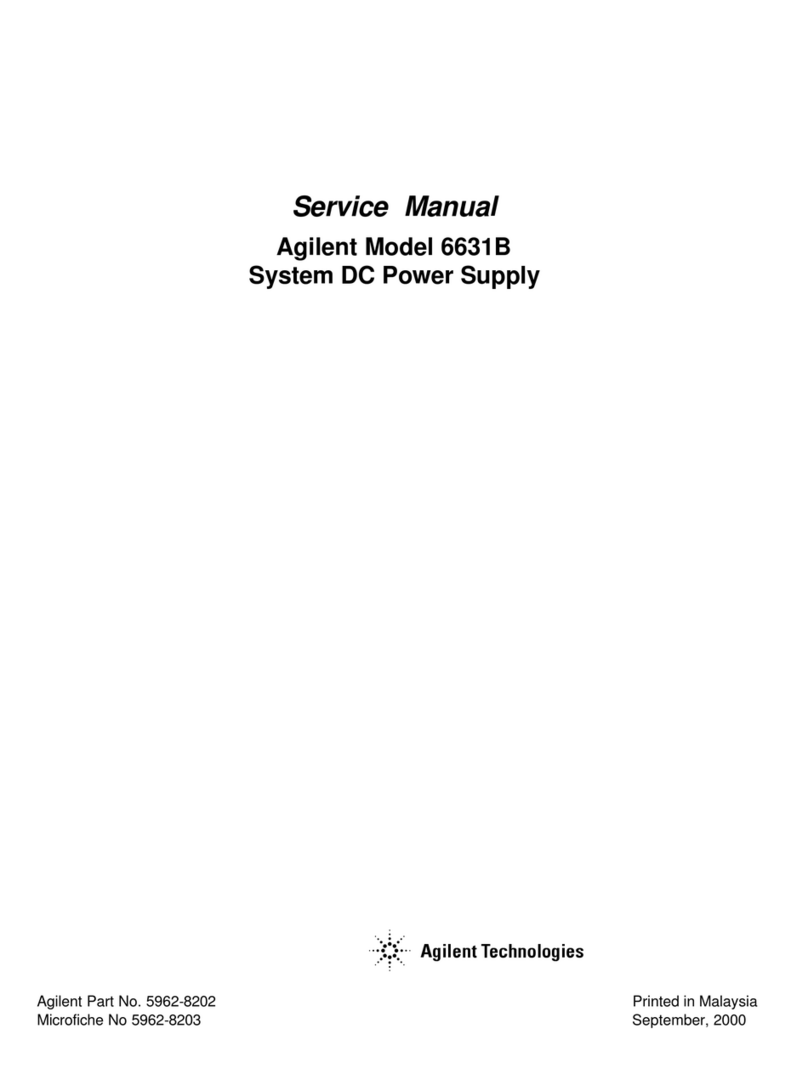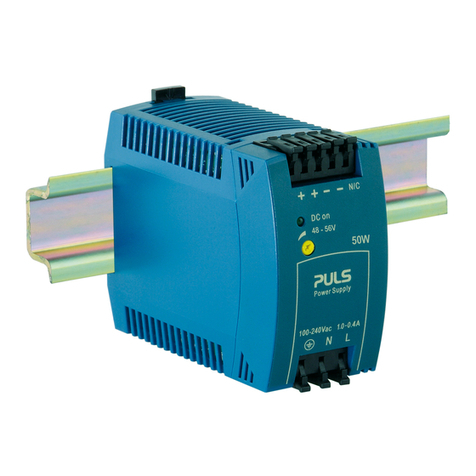
6017-932-B0-001, Rev. A
List of Figures and Tables
Fig. 1-1, GMX Power Supply............................................................................................... 13
Fig. 1-2, GMX Terminal Block Overview.............................................................................. 14
Fig. 1-3, Inverter Overview .................................................................................................. 15
Fig. 2-1, Charger Modes...................................................................................................... 19
Fig. 2-2, GMX Block Diagram.............................................................................................. 20
Fig. 3-1, AC Indicator........................................................................................................... 23
Fig. 3-2, Wire/Connector Assembly..................................................................................... 23
Fig. 3-3, ACI Connection ..................................................................................................... 24
Fig. 3-4, SPI Cover Removal............................................................................................... 25
Fig. 3-5, Coaxial Cable Insertion and Securing................................................................... 25
Fig. 3-6, Cover Replaced, SPI Switched On ....................................................................... 26
Fig. 3-7, SPI Grounding Lug................................................................................................ 26
Fig. 3-8, Enclosure Ground Bar........................................................................................... 26
Fig. 4-1, Micro Board Settings............................................................................................. 27
Fig. 4-2, Transformer Output Tap Connector....................................................................... 28
Fig. 5-1, Configuration Screen............................................................................................. 29
Fig. 5-2, Smart Display........................................................................................................ 33
Fig. 5-3, Normal Operation Display ..................................................................................... 34
Fig. 5-4, Additional Info Display........................................................................................... 35
Fig. 5-5, Setup Menu Display .............................................................................................. 38
Fig. 5-6, Smart Display LEDs .............................................................................................. 41
Fig. 6-1, MOV Removal....................................................................................................... 53
Fig. 6-2, MOV Replacement................................................................................................ 53
Fig. 8-1, Emergency Shutdown ........................................................................................... 58
Table 5-1, Setup Menu Parameters..................................................................................... 39
Table 5-2, Major Alarms....................................................................................................... 40
Table 5-3, Minor Alarms....................................................................................................... 40

